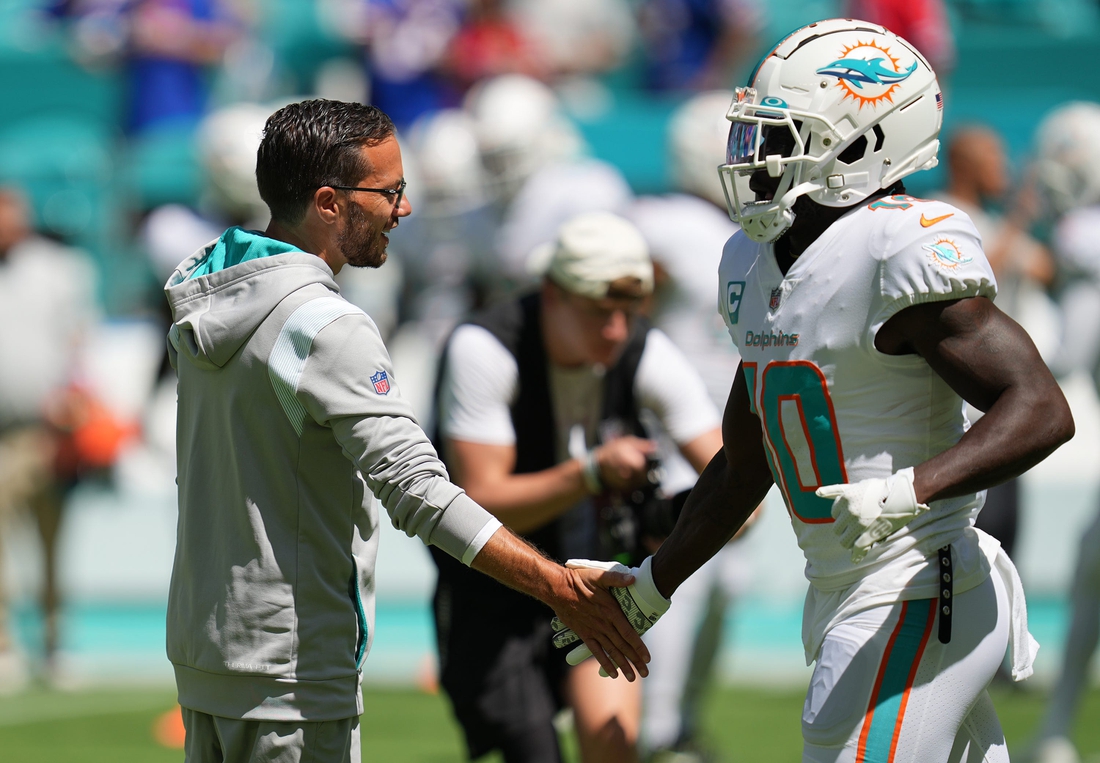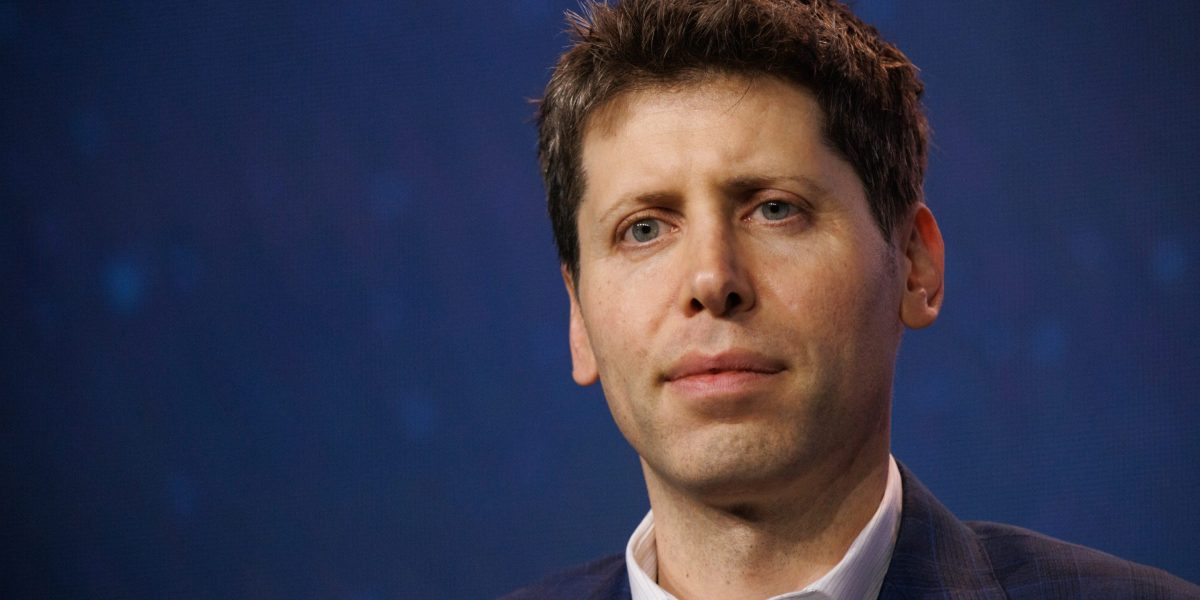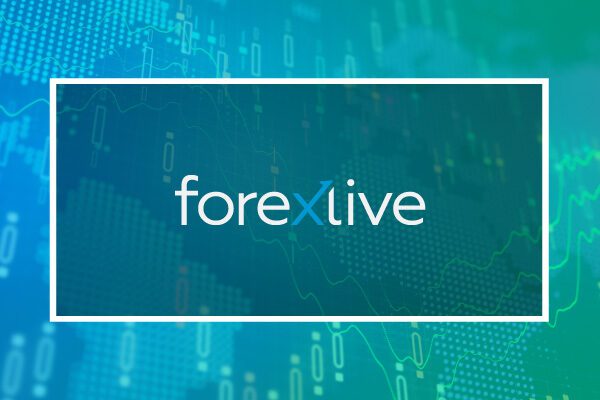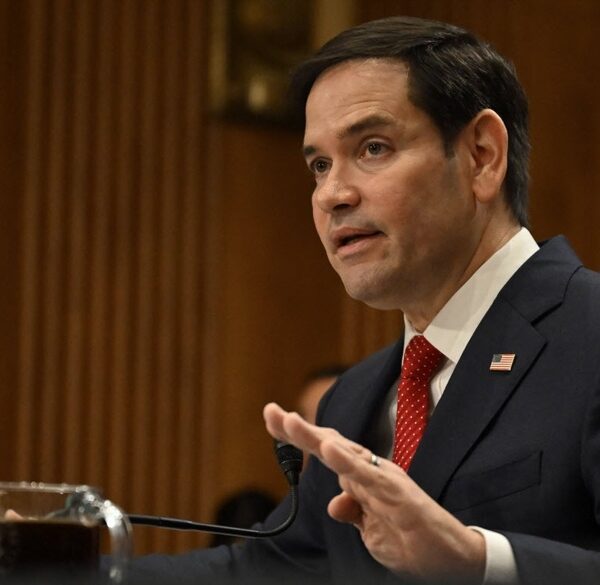RiverNorthPhotography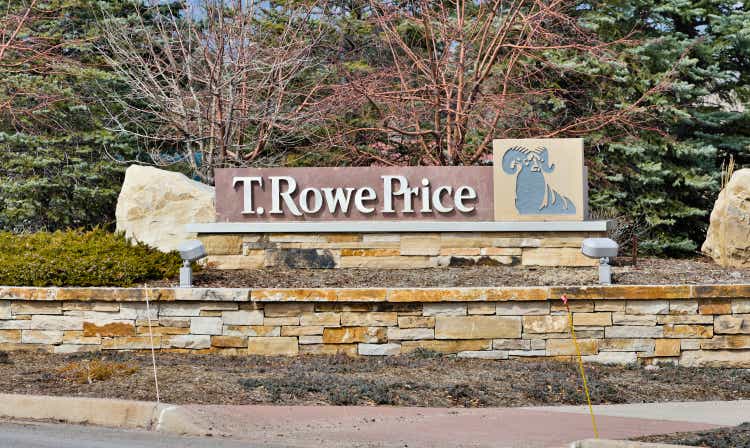
It was not that long ago that Baltimore, Maryland, as is often the case for a port city, was a major financial center with Maryland National Bank in commercial banking, Alex Brown in investment banking, Legg Mason in securities, and T. Rowe Price (NASDAQ:TROW), a leader in personal finance.
Each had their own specialty. Maryland National had a lucrative credit card operation. Alex Brown, the first investment bank in the United States, financed many hi-tech concerns. T. Rowe Price has a large family of eponymously named mutual funds. For various reasons, many were bought by larger financial institutions. Maryland National Bank was acquired by Bank of America (BAC). Alex Brown was bought out by Bankers Trust, now Deutsche Bank (DB). Franklin Resources (BEN) purchased Legg Mason. Founded in 1937 and still independent, T. Rowe Price has stood the test of time, and should continue to reward shareholders for three factors.
The first is the commitment of T. Rowe Price to share its earnings with its stockholders, as evinced by the fact that it is a Dividend Aristocrat. That is a publicly traded company that has increased its dividend payment annually for more than 25 years. Long story short: just by buying and not selling the stock, shareholders of T. Rowe Price get a raise every year, since it is a Dividend Aristocrat! Even during the last four recessions, the amount of the dividend has been raised. A special dividend has been paid twice in the last decade. Sometimes the amount of the increase is higher than other years, but the commitment to pay and increase the dividend for its shareholders towers above T. Rowe Price in its being honored as a Dividend Aristocrat!
Not only is the legacy of the dividend appealing, so is the amount. At 4.76%, the dividend yield of T. Rowe Price is more than triple the S&P 500 average of 1.39%. This is incredibly important as, according to the white paper “The Power of Dividends: Past, Present and Future” from Hartford Funds, “Going back to 1960, 85% of the cumulative total return of the S&P 500 Index can be attributed to reinvested dividends and the power of compounding…”
Next is that T. Rowe Price not only has the dedication to rewarding its shareholders, it has the financial strength to make it happen. There is no debt, with $2.7 billion in cash. With its generosity to shareholders, those are even more impressive balance sheet items. No matter what, however, it all comes down to making money or profits, and the profit margin for T. Rowe Price is around 28%. For Bank of America, the biggest financial services firm in the country that owns Merrill Lynch, which used to be the largest securities house, the profit is less than one-half that at around 12%. The profit margin for Franklin Resources is just under 10%. For Deutsche Bank, the profit margin is around 5%.
Last is that more and more Americans are turning to the stock market for their financial needs. As a result, there is record ownership of equities in the United States. Companies are replacing defined benefit pension plans, where the worker receives a set amount, for a defined contribution program like a 401k, where the worker has to finance their own retirement. In a November 5, 2010 op-ed for The Washington Post, the-Federal Reserve Chairman Ben Bernanke stated in “Aiding the Economy: What the Fed Did and Why” that there was a need for robust stock markets as “…higher stock prices will boost consumer wealth and help increase confidence, which can also spur spending. Increased spending will lead to higher incomes and profits that, in a virtuous circle, will further support economic expansion.”
Bernanke spelled out for the world that the Federal Reserve had changed its role from being the “lender of last resort” to becoming a market maker, as I detailed in the article, “Federal Reserve Toxic Assets“. For the financial markets, especially stocks, it meant that the Federal Reserve, through quantitative easing, would do what it had to keep a bull market going. For investors, it meant that there was a new foundation for securities that would keep the markets stable. Those in the industry, such as T. Rowe Price, flourished as the Dow Jones trades at all-time highs now around 40,000. Just over a decade ago, the Dow opened 2013 around 13,000, the same as when it opened 2008. Trillions in quantitative easing by the Fed has done its job with stocks!
T. Rowe Price is positioned well to continue to gain from this shift, and has. It is a no load family of mutual funds, so there is a lower cost appeal. With more than 300 mutual funds, there is a wide range of selections. Of these mutual funds, more than 70% with a ten-year track record outperformed their ten-year Lipper average. Small wonder that revenue has more than tripled since 2010!
The professional money crowd, institutional investors such as pension groups and hedge funds, are also bullish on T. Rowe Price. Institutional investors own almost three-quarters of T. Rowe Price stock. Those professional money managers obviously expect the stock to rise. Few expect it to drop as the short float is 4.30%. Most shorting is done by institutional investors.
As legendary investor Warren Buffett stated, “Never bet against America.” Stocks are the best way to play that hand. Investment firms like T. Rowe Price that have stood the test of time and reward their shareholders with increasing dividends from a business model with low debt and a high profit margin can make that happen!



